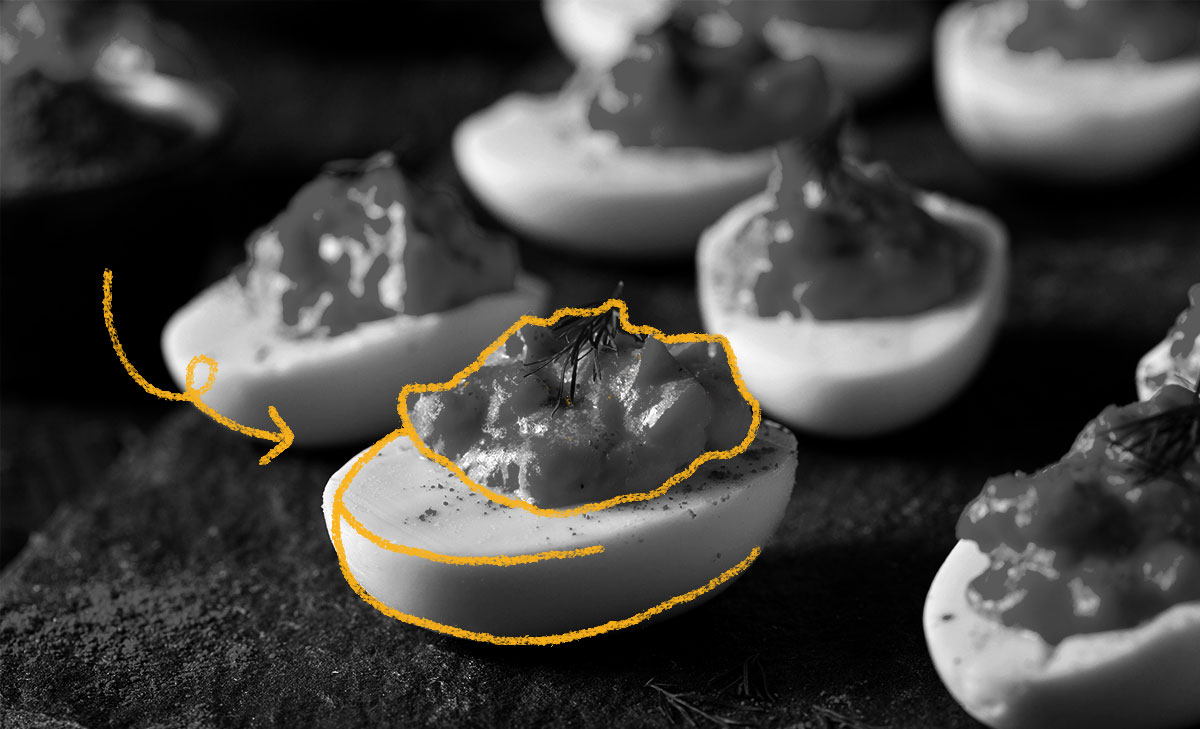Today is National Deviled Egg Day, so we are taking a look at the history behind this popular party food. The story starts in ancient Rome, where cooks served boiled eggs seasoned with spicy sauces to wealthy Romans. The dish was extremely popular in Roman times, but nothing similar showed up again until the 13th century, when stuffed egg recipes began to appear in Andalusia. By the 15th century, stuffed eggs were popular throughout Europe. The term “deviled” was first mentioned in a culinary context in Great Britain in 1786 to describe dishes with spicy ingredients or those that were highly seasoned. By 1800, the term was being used to describe the process of making food spicy. (This means that all deviled eggs are stuffed eggs, but only spicy stuffed eggs can be considered deviled eggs. Non-spicy stuffed eggs were generally referred to as dressed eggs, mimosa eggs, salad eggs, or simply as stuffed eggs.) Stuffed eggs began to show up in cookbooks in the United States around the mid-19th century. Mayonnaise was first used in the filling of stuffed eggs in a recipe from Fannie Farmer’s 1896 Boston Cooking-School Cookbook; however, the condiment was not commonly used in deviled eggs in the United States until the 1940s. After World War II, deviled eggs took off as a popular food for parties and picnics. Today, chefs often rework the classic 1940s recipe with unexpected ingredients like wasabi, chutney, smoked salmon, crab, and caviar.

Your go-to guide for weird history facts
Subscribe to the FREE daily email that makes learning about history fun.


